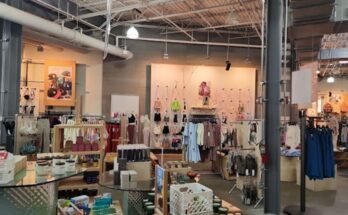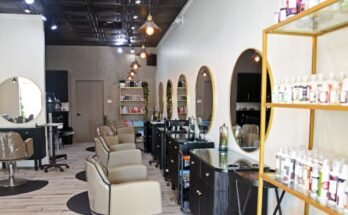Recognizing vintage clothing labels has many benefits. It can help you tell real vintage items from modern used clothing. Verifying claims is easier by tracing clothes labels. They show if the attire is vintage. This knowledge is valuable for individuals seeking authentic vintage pieces. It ensures they make informed purchases. Let’s see how we identify the vintage clothes.
What is vintage clothing?
Old clothes from 20+ years ago are vintage. They show past styles and these clothes are often unique. They have a timeless or sloppy appeal. People may want them for their classic designs or historical significance.
Best vintage tags to look for
Identifying vintage clothing tags can be an exciting and valuable skill for enthusiasts and collectors. Vintage clothing often has unique tags. The tags reflect the era in which the garment was made. Here are the best ways to help you identify vintage clothing tags.
Decoding Copyright Years:
Vintage clothing labels often conceal valuable clues within their copyright years. Copyright years are not ubiquitous. But, they can provide key clues about when a garment was made. Be mindful of odd formats. An example is “SP78.” It means the brand’s 1978 seasonal collection. But, copyright years may show when the brand started, not when the garment was made.

Origin: ‘Made in USA’ or ‘Made in México’
Where a garment originates helps prove whether it’s vintage. Labels say “Made in USA” or display the American flag. They mark an era when domestic production dominated. This was typically around the 1960s to the 1980s. Garments that say “Made in Mexico” evoke the 1950s. They echo the allure of Mexican textiles in a growing travel landscape.
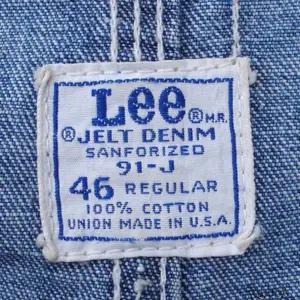
Union Tags:
Union labels come from the International Ladies’ Garment Workers Union (ILGWU). They offer a sad glimpse into the labour movements of the last century. The labels range from the 1920s to the 1980s. They indicate that a garment is vintage. They also illustrate the changing landscape of worker rights and industrial regulations.
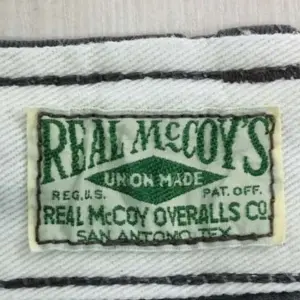
Half Sizes:
Half sizes emerged around the 1940s. They met the needs of shorter women and left a mark on vintage clothing labels. The “½” alongside the size means the garment is for shorter lengths. It echoes a bygone era of tailored elegance from the 1940s to the 1970s.
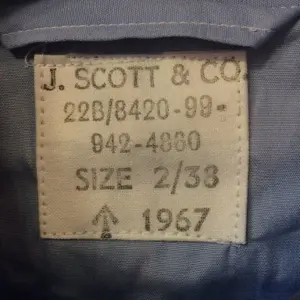
Lot Numbers:
In the bustling factories of the 1970s, lot numbers were meticulous records. They tracked garment production. These numbers show the time when vintage garments were made. They stopped when foreign production rose. They date to the pre-1979 era and give a window into a past industrial age.

Address Annotations:
Vintage clothing labels bear addresses. They evoke nostalgia, harkening back to an era when designers proudly stamped their roots onto their creations. No zip codes hint at pre-1963 origins, linking the item to fashion’s past times and places.

Woolmark:
The iconic Woolmark logo was introduced in 1964. It symbolizes a shift to natural fibres. This shift happened as the synthetic fabric market was growing. The Woolmark logo has changed over time. Each version denotes a different 100 wool blend. They show how textile preferences evolved over the decades.
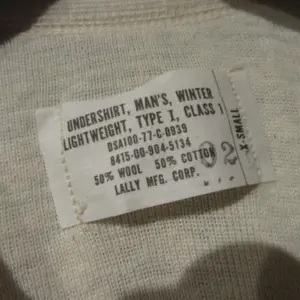
Material Brand Names:
Brand names like Lycra, Nylon, and Polyester embody a legacy of fabric innovation. Each has its distinct historical footprint. From Nylon’s start in 1939 to Polyester’s disco-era heyday, these names mark the evolution of textiles. They enrich the story of vintage clothing labels.
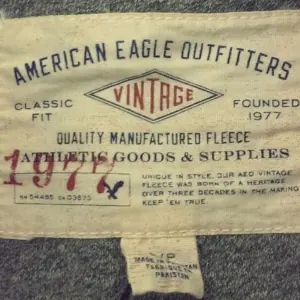
Remnants of Lost Nations:
Vintage clothing labels often bear the remains of old nations. They offer a glimpse into geopolitical shifts and colonial legacies. It is rich with historical intrigue. Such as the mention of countries like Newfoundland and French Indochina. They add geopolitical stories to the fashion tapestry.

Odd Sizes and RN Numbers:
Odd sizes and Registered Identification Numbers (RN) offer valuable insights. They help with tailoring trends and regulations. Odd sizes from before the 1980s show a past era of sizing norms. RN numbers show when a garment was made. They guide collectors through vintage fashion history.
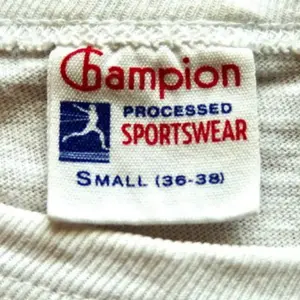
Care Labels:
The US Federal Trade Commission mandates care labels. They emerged in 1971 as custodians of garment preservation and consumer empowerment. Their absence or presence of care symbols indicates whether they are from before or after 1971. This underscores the evolution of consumer rights and textile care instructions.
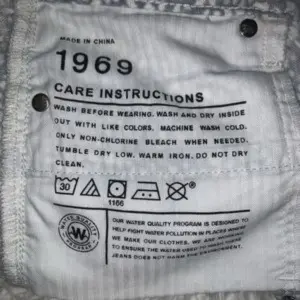
Pros of Finding Vintage Clothing
- Vintage clothing offers unique and one-of-a-kind pieces that stand out.
- Vintage clothes have high-quality materials and craftsmanship.
- Buying vintage is a sustainable option. It can reduce waste and decrease the demand for new resources.
- You can find high-end brands and designer pieces at lower prices compared to new items.
- Vintage clothing has a history and a sense of nostalgia. It adds character to your wardrobe.
Cons of Finding Vintage Clothing
- Vintage clothes may not be available in all sizes, which makes it difficult to find the perfect fit.
- Older items may have wear, stains, or damage due to their age.
- Finding the right piece can take a lot of time and a lot of hard work.
- Some vintage items, especially rare ones, can be quite expensive.
- Vintage clothes need special care and maintenance to preserve their condition.
How to Tell If Something Is Truly Vintage?
If you want to date vintage clothing, check brand labels and origin. Also, examine the quality of the stitching. Old items often have distinct labels from their era. They may also show hand-sewn seams. Assess the design. Consider trends from specific decades, like collar styles and silhouettes. The garment matches the trends of its time. It shows signs of aging. So, it’s likely real vintage clothing.
How to identify the age of vintage clothing?
To find the date of vintage clothes, check the label. It’s usually inside the garment. The label often provides details about the brand and its place of origin. Specific decades had different label styles. They provide a clue to the clothing era. Hand-stitched seams suggest older bags. Neater machine stitching points to newer ones. Look for unique design elements and side seams. These are things like collar styles or metal zipper types. They should match trends of different eras. These details together help pinpoint when someone made your vintage clothes.
How to date a vintage dress?
To find the age of vintage dress, check the brand, and the manufacturing and design details. Different label styles were popular in specific decades. Compare them to historical fashion trends to roughly estimate the garment’s age. Online resources and vintage fashion guides can be helpful references.



